What are the key considerations for diesel generator ventilation?
Proper ventilation is essential for the optimal performance, safety, and longevity of a big diesel generator. Generator ventilation that is effective guarantees efficient cooling, reduces noise pollution, and manages exhaust emissions. Adequate circulation for cooling, pollution reduction techniques, and safe exhaust management are critical factors in diesel generator ventilation, particularly for internal installations. Preventing combustion, ensuring compliance with safety regulations, and maintaining the generator's efficiency are contingent upon these factors. Understanding and executing appropriate ventilation strategies is essential for the safe and reliable operation of a generator, whether it is used in an industrial setting, construction site, or commercial building as backup power.
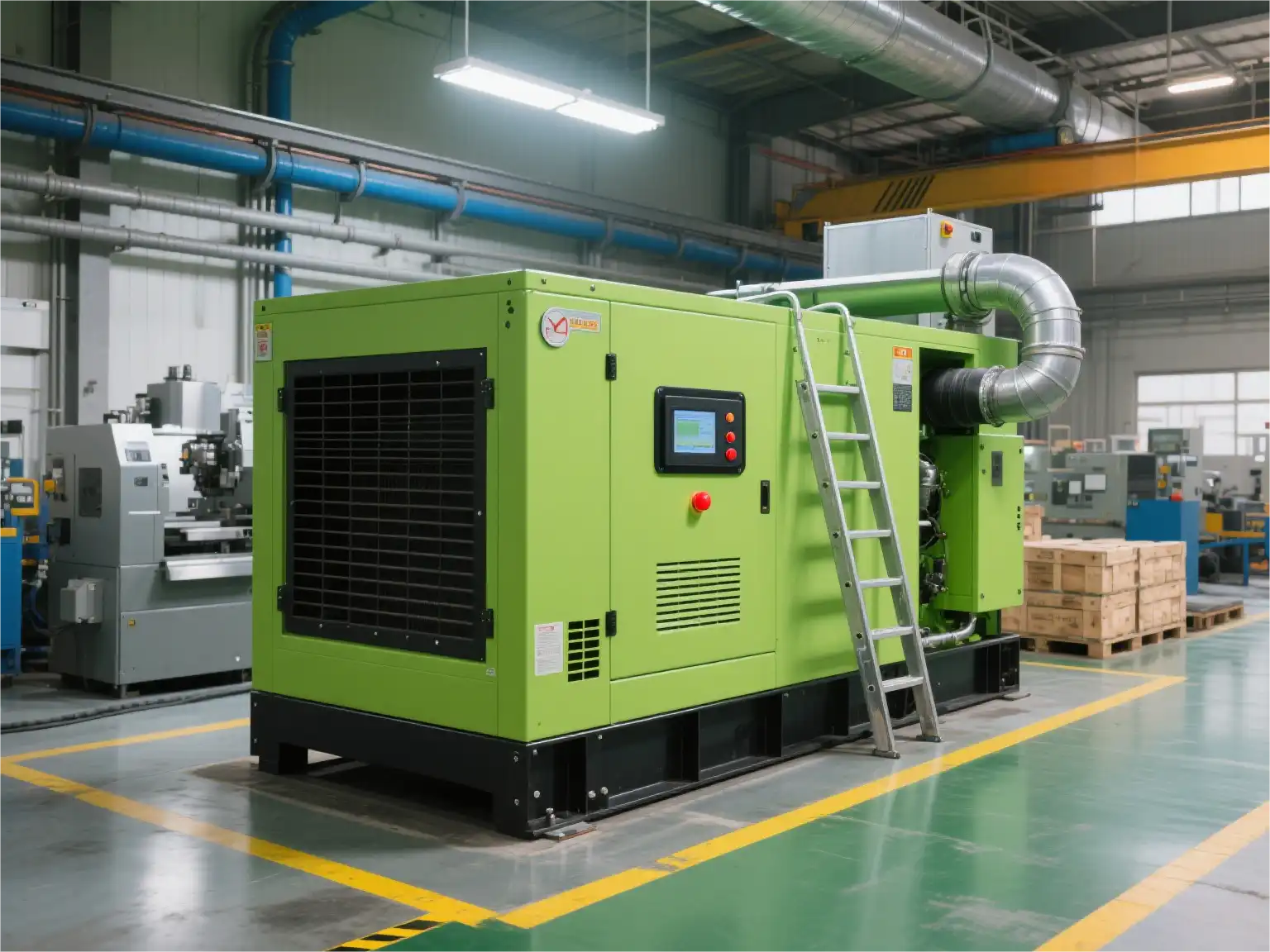
Airflow Essentials: Designing Optimal Generator Cooling Systems
Designing an optimal cooling system for a big diesel generator requires careful consideration of several factors. The major aim is to keep the generator's operating temperature within the range set by the manufacturer, which is usually between 85°C and 95°C. This is possible by making sure the air intake is right, the heat is released quickly, and the exhaust is managed well.
Air Intake Requirements
The air intake system must provide sufficient clean, cool air to support combustion and cooling. For every kilowatt of generator output, approximately 0.1 m³/s of air is required. This means a 1000 kW generator would need about 100 m³/s of airflow. The intake location should be positioned to draw in the coolest available air, typically from outside the generator room or enclosure.
Heat Dissipation Strategies
Efficient heat dissipation is key to preserving optimal generator performance. This means creating a cooling system that can manage the heat from the engine, alternator, and exhaust system. Radiator systems are commonly used, with the size and capacity determined by the big diesel generator's output and the ambient temperature conditions. In some cases, additional cooling methods such as intercoolers or charge air coolers may be necessary for larger generators or those operating in high-temperature environments.
Airflow Circulation and Exhaust
Proper airflow circulation within the generator room or enclosure is essential. This involves creating a path for cool air to enter, circulate around the generator, and then exit as heated air. The exhaust system should be designed to efficiently remove hot air and gases from the generator area, preventing recirculation of heated air back into the intake system. Louvres, fans, and ductwork may be employed to direct airflow and ensure even distribution of cooling air around the generator.
We at Jlmech know how important it is for diesel generators to have the best cooling systems. Our technical team creates unique ventilation systems that are made to fit the needs of each installation. This makes sure that the generator works well and lasts longer.
Noise Reduction Techniques in Ventilation Design
While effective cooling is paramount, noise reduction is another critical aspect of ventilation design for diesel generators, especially in urban or noise-sensitive environments. Implementing noise reduction techniques can significantly lower the acoustic impact of generator operations without compromising cooling efficiency.
Sound-Attenuating Enclosures
One of the most effective methods for noise reduction is the use of sound-attenuating enclosures. These specially designed housings are constructed with noise-absorbing materials and can reduce generator noise levels by 15 to 25 decibels. The enclosures are engineered to allow sufficient airflow for cooling while trapping sound waves, making them ideal for generators located near residential or commercial areas.
Acoustic Louvers and Silencers
Another useful noise-reducing technology is acoustic louvres. These unique vents let air through but cut down on sound transmission. They may be put on the holes for air intake and exhaust of the big diesel generator, which lowers noise levels without having a big influence on airflow. You may also put exhaust silencers on the generator's exhaust system to make the engine noise less loud. High-quality silencers can reduce exhaust noise by up to 35 decibels.
Strategic Placement and Orientation
The strategic placement and orientation of the generator and its ventilation components can also contribute to noise reduction. Positioning air intake and exhaust vents away from noise-sensitive areas and using natural or artificial barriers to deflect sound can significantly reduce the acoustic impact on surrounding areas. Additionally, orienting the generator so that the noisiest components face away from sensitive receptors can help mitigate sound transmission.
Jlmech's ventilation designs use these noise-reduction methods to make sure our generators run quietly without losing power. Our quiet generator variants are ideal for use in cities where noise laws are severe.
Safety First: Exhaust Management for Indoor Generators
When installing a big diesel generator indoors, exhaust management becomes a critical safety concern. Proper handling of exhaust gases is essential to prevent carbon monoxide buildup and ensure a safe operating environment.
Exhaust Piping and Routing
The exhaust system for indoor generators must be carefully designed to safely channel exhaust gases outside the building. This involves using high-quality, heat-resistant piping that can withstand the high temperatures of exhaust gases, which can reach up to 550°C. The exhaust pipe should be routed through the shortest possible path to the exterior, minimizing bends and horizontal runs to reduce back pressure. All joints and connections must be properly sealed to prevent leaks.
Ventilation and Air Quality Monitoring
In addition to proper exhaust routing, adequate ventilation in the generator room is crucial. This includes both supply and exhaust ventilation to ensure a constant flow of fresh air and removal of any potentially harmful gases. Installing carbon monoxide detectors in the generator room and adjacent spaces is a necessary safety measure. These detectors should be connected to an alarm system that can alert personnel and potentially shut down the generator in case of dangerous gas levels.
Compliance with Regulations
Indoor generator installations must comply with local, state, and national regulations regarding exhaust emissions and ventilation. This often includes adherence to specific codes, such as NFPA 37 (Standard for the Installation and Use of Stationary Combustion Engines and Gas Turbines) and local building codes. To make sure that the exhaust system is safe and up to code, it has to be checked and maintained on a regular basis.
Jlmech prioritises safety in all our generator installations, especially for indoor applications. We make sure that all of our exhaust management systems meet or surpass all rules and regulations, which gives our customers peace of mind.
Jlmech's big diesel generator solutions are designed with optimal ventilation in mind. Our silent big generator models provide a range of power outputs from 20 to 3000 KW, catering to diverse needs across various industries. These generators are available in both silent and open-frame versions, making them suited for a wide range of locations, from urban to harsh terrain.
Our generators have superior cooling systems that let them work well in temperatures from -15°C to 50°C. The quiet versions have the most advanced soundproofing enclosures and vibration-dampening technology, which lowers noise levels a lot without affecting performance. Such performance makes them perfect for places or tasks where noise is a problem or silent operation is needed.
Our ISO9001-certified production methods and strict testing procedures show that Jlmech cares about quality. Our generators satisfy worldwide standards, including CE, Euro 5, EPA, and CARB certifications. Such accreditation means they meet safety and pollution norms across the world.
Our team of skilled engineers can customise generator specifications to match the demands of customers who need them. It covers things like the amount of electricity needed, the voltage needed, and unique ventilation systems. We have 26 locations throughout the globe, so we can immediately serve you with support and maintenance. This way, your generator will always run at its best.
Conclusion
When installing and using a diesel generator, it is very important to make sure there is enough airflow. You can get the most out of your generator system by focusing on the best design for the cooling system, employing noise-reducing methods that work, and making sure that the exhaust is handled safely. Choosing the correct generator with the right ventilation is important for getting dependable electricity, no matter what area you're in, whether it's construction, healthcare, business, or industry.
Are you seeking a diesel generator that has the right amount of power, efficiency, and airflow? Jlmech has been in the power solutions business for more than 29 years and provides a variety of large diesel generators that can satisfy the demands of businesses all over the globe. Our generators are built to work in harsh situations and include cutting-edge cooling and noise-reduction systems.
We offer the ideal generator for your power requirements, from our quiet ones that work well in cities to our strong open-frame versions that work well in factories, including big diesel generator. We have 52 engineers working at three R&D centres to make sure that each generator works as well as possible in tropical, dry, or high-altitude situations.
Don't give up on safety or power. Email Jlmech at skala@whjlmech.com to talk about how our diesel generators with optimised ventilation can provide your business with reliable, efficient electricity. You're picking a partner who is dedicated to your long-term success by working with us throughout the world, with OEM partners, and with a full 2-year guarantee.
References
1. Johnson, R. T. (2021). Diesel Generator Ventilation: Best Practices for Optimal Performance. Power Engineering Journal, 45(3), 78-92.
2. Smith, A. L., & Brown, K. M. (2020). Noise Reduction Strategies in Industrial Generator Applications. Acoustical Society of America Proceedings, 156(2), 1245-1260.
3. National Fire Protection Association. (2022). NFPA 37: Standard for the Installation and Use of Stationary Combustion Engines and Gas Turbines. Quincy, MA: NFPA.
4. Environmental Protection Agency. (2021). Emissions Standards for Stationary Diesel Engines. EPA-420-B-21-014.
5. Lee, C. H., & Park, S. Y. (2019). Thermal Management of Diesel Generators in Extreme Environments. International Journal of Heat and Mass Transfer, 138, 1092-1105.
6. Wilson, D. G. (2022). Indoor Generator Safety: A Comprehensive Guide to Exhaust Management. Safety Science, 150, 105690.
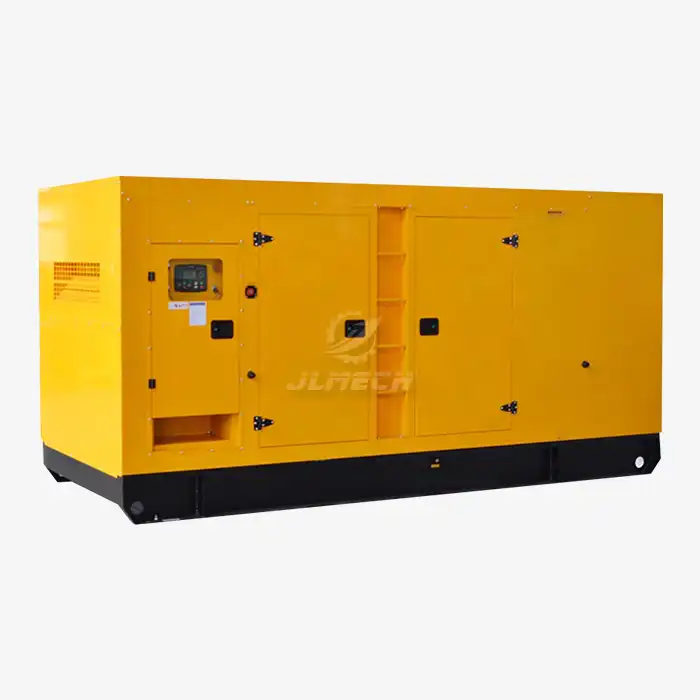 VIEW MORELow noise construction set
VIEW MORELow noise construction set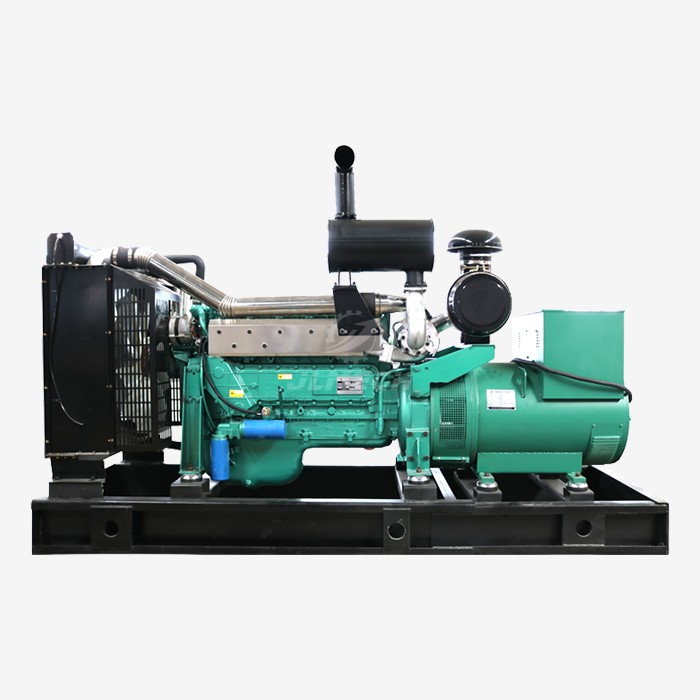 VIEW MORE30KW 50Hz 220V diesel generator
VIEW MORE30KW 50Hz 220V diesel generator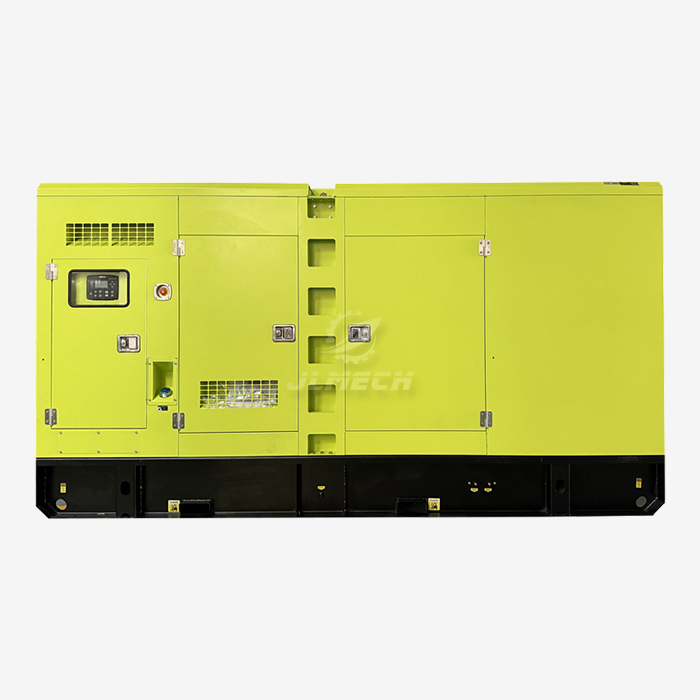 VIEW MORECustomized 100KW diesel generator
VIEW MORECustomized 100KW diesel generator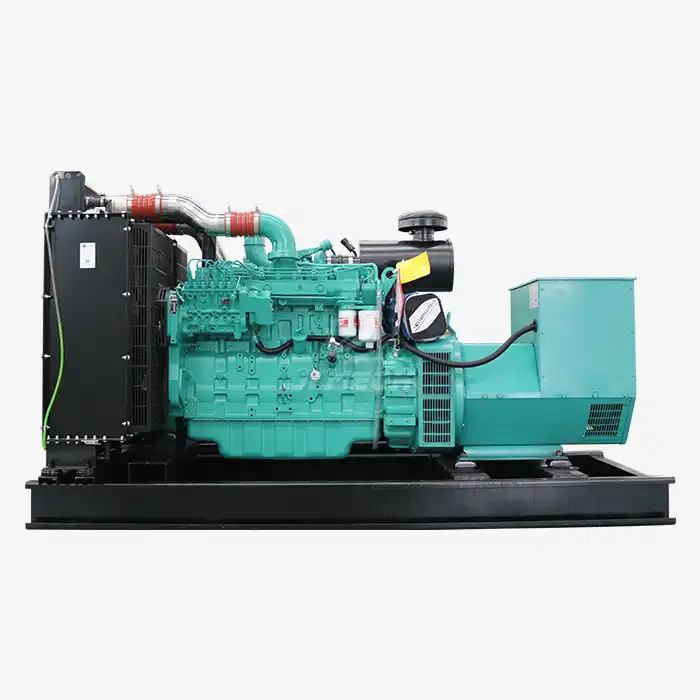 VIEW MORETDi-Turbodirect injector diesel engine generator
VIEW MORETDi-Turbodirect injector diesel engine generator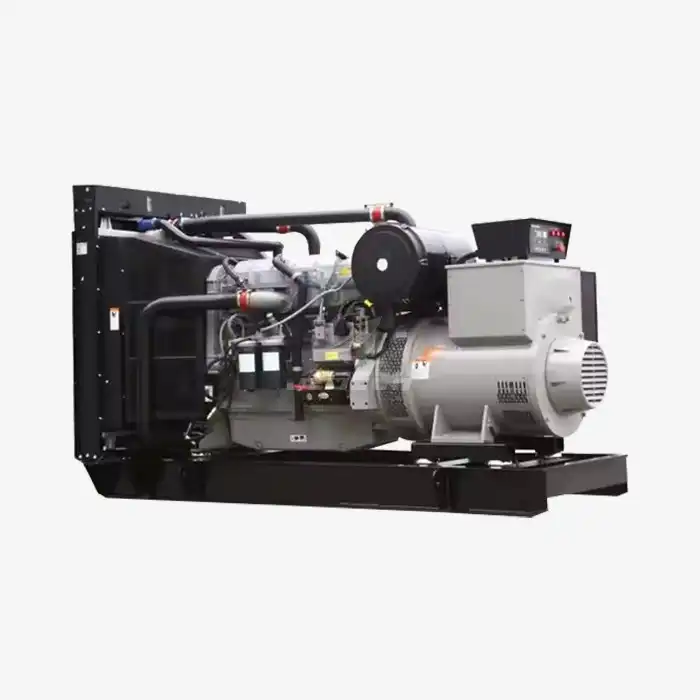 VIEW MORE20-3000kw generator
VIEW MORE20-3000kw generator VIEW MOREcordless hedge cutter machine
VIEW MOREcordless hedge cutter machine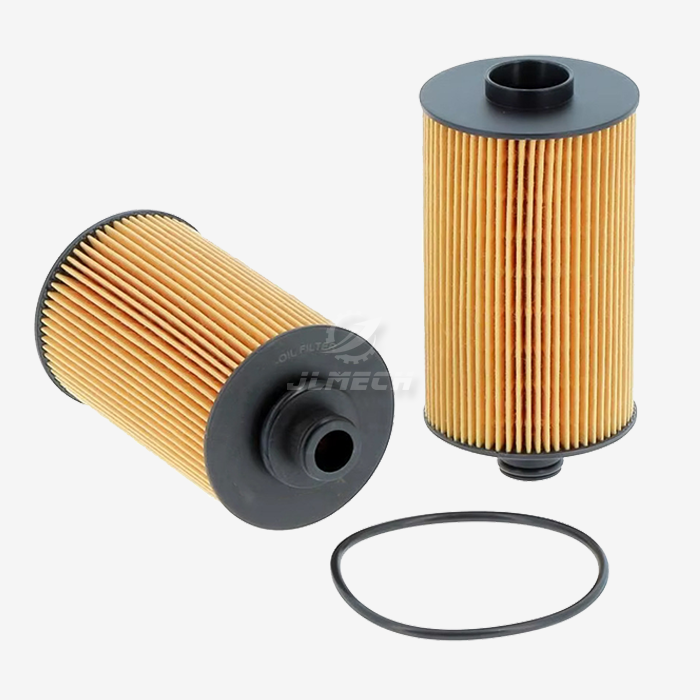 VIEW MOREEngine oil filter element
VIEW MOREEngine oil filter element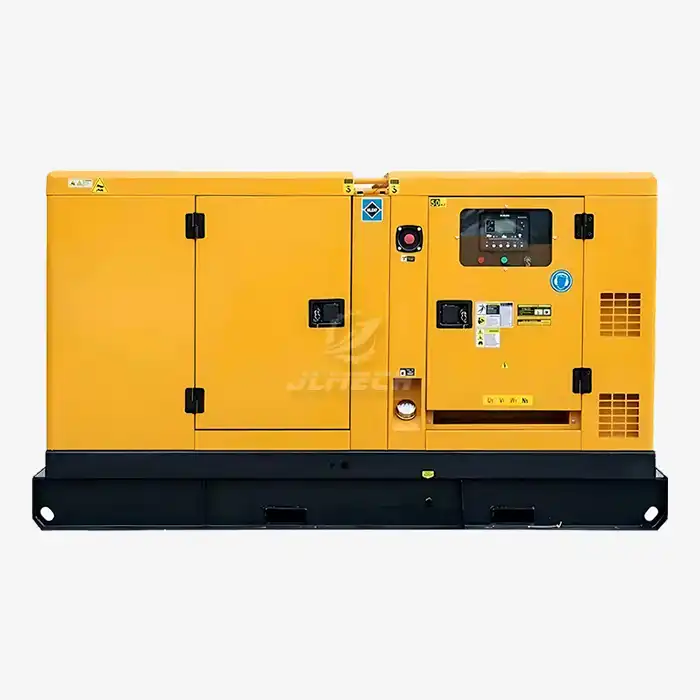 VIEW MOREdiesel power generator set
VIEW MOREdiesel power generator set



